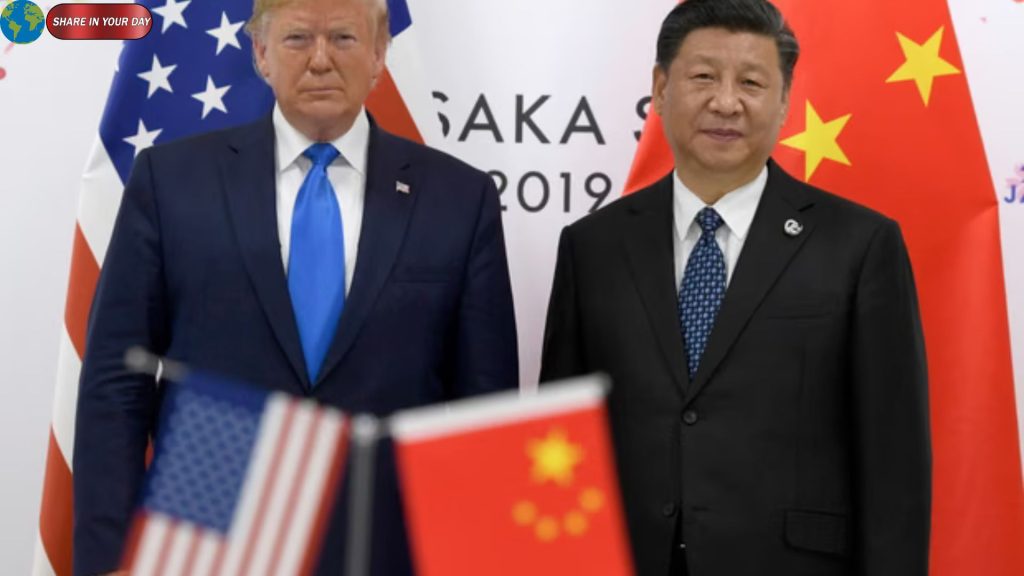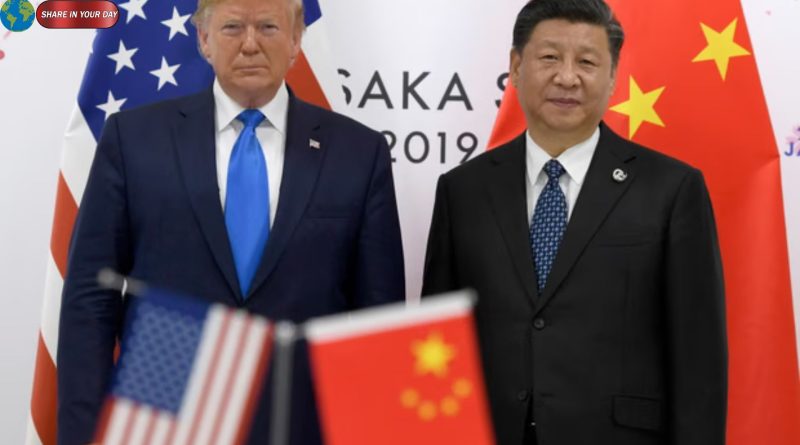Trump and Xi Meeting: Rare Earths, Tariffs and a Potential Reset in U.S.–China Relations
At the heart of the upcoming summit in Seoul, the meeting between U.S. President Donald Trump and Chinese President Xi Jinping is being framed not simply as another diplomacy day — but as a potential turning point in U.S.–China relations. Months of trade conflict, tariff spikes and strategic tension have plagued global markets. Now, rare‐earths supply, chip restrictions and tariff roll‐backs are high on the agenda — with both sides signalling readiness for a reset.
Why This Meeting Matters
The U.S. and China haven’t met face‐to‐face at the highest level since 2019, when Trump and Xi last crossed paths at the G20 in Osaka.
Since then, the geopolitical landscape has shifted dramatically: a war in Ukraine, deepening tech competition, and growing U.S. concerns over China’s dominance in strategic sectors.
The Seoul meeting is therefore more than protocol. It is framed as a potential detente — or at least an attempt to cool the fires of a trade war that threatened global economic stability.
Rare Earths: Strategic Leverage
One of the most significant threads in these discussions is rare‐earth minerals. China controls approximately 70 % of global rare‐earth mining and over 90 % of processing capacity — giving it a major strategic lever.
Recently Beijing placed tighter export controls on rare‐earths and related tech, citing national‐security concerns, shortly after the U.S. expanded restrictions on advanced chip exports to China.
In preliminary talks, Beijing appears to be willing to defer its new export controls for a year in exchange for the U.S. freezing new chip export measures — a potential quid‑pro‑quo that would benefit both economies if realised.
For the U.S., the reliance on China for these strategic minerals is a wake‐up call; for China, reducing dependence on U.S. trade and tech flows is a strategic imperative. This meeting offers both parties a pathway to re‐balance that dependency.
Tariffs and Trade Tensions
The shadow of the tariff war looms large. Earlier this year both sides threatened and imposed tariffs that, if fully implemented, would have amounted to economic decoupling.
As of late September, the average Chinese tariff on U.S. exports stood at 32.6 %, while U.S. tariffs on Chinese goods averaged 57.6 %.
With a deadline of 10 November looming for deal‐making, the stakes are high.
If Trump and Xi can agree to reduce or suspend tariff increases, it may ease global economic stress and signal a move away from escalating trade hostilities.
Other Agenda Items: Taiwan, Fentanyl, TikTok
Though rare earths and tariffs dominate the agenda, other issues will likely surface. Taiwan remains a sensitive subject; Trump commented that the discussion “may not” include Taiwan, though Beijing continues to assert that reunification remains on the table.
Additionally, talks are expected to cover control of fentanyl flows and finalisation of a deal over TikTok.
These issues may play a supporting role, but they underscore the broad and complex nature of U.S.–China interdependence.
What’s at Risk — and What’s to Gain
Should the meeting succeed in cooling the trade war, global markets could breathe easier, supply chains might stabilise, and industries dependent on rare‑earths and semiconductors could find relief.
On the flip side, critics in Washington worry that loosening chip export controls — part of a deal with China — could compromise long‐term U.S. strategic advantage in tech and defence.
For China, the opportunity lies in reducing its reliance on U.S. trade and using its market dominance to shape global supply chains. For the U.S., the challenge is balancing immediate economic relief with longer‐term security and technological competitiveness.
Outlook: A Reset … but Not a Reconciliation
This summit might not herald a full reconciliation between the two superpowers. Hawks on both sides remain sceptical. But what appears possible is a tactical détente: a pause in escalation, perhaps a corridor for negotiation, and a signal to markets that trade and supply‑chain tensions may ease.
As one analyst put it: “Mutually dependent coexistence may be beneficial.”
For businesses, investors and global policymakers, that may be the most important takeaway.
Conclusion
As Donald Trump and Xi Jinping prepare to meet in Seoul, the stakes are clear. This is not simply a photo‐op; it is a test of whether U.S. and China can shift from confrontation to cautious cooperation. Rare‑earths, tariffs and trade may be the docket items — but the outcome could reshape economic relations across the globe.
For now, the world watches — hopeful that the worst of the economic chaos triggered by U.S.–China rivalry may be waning





